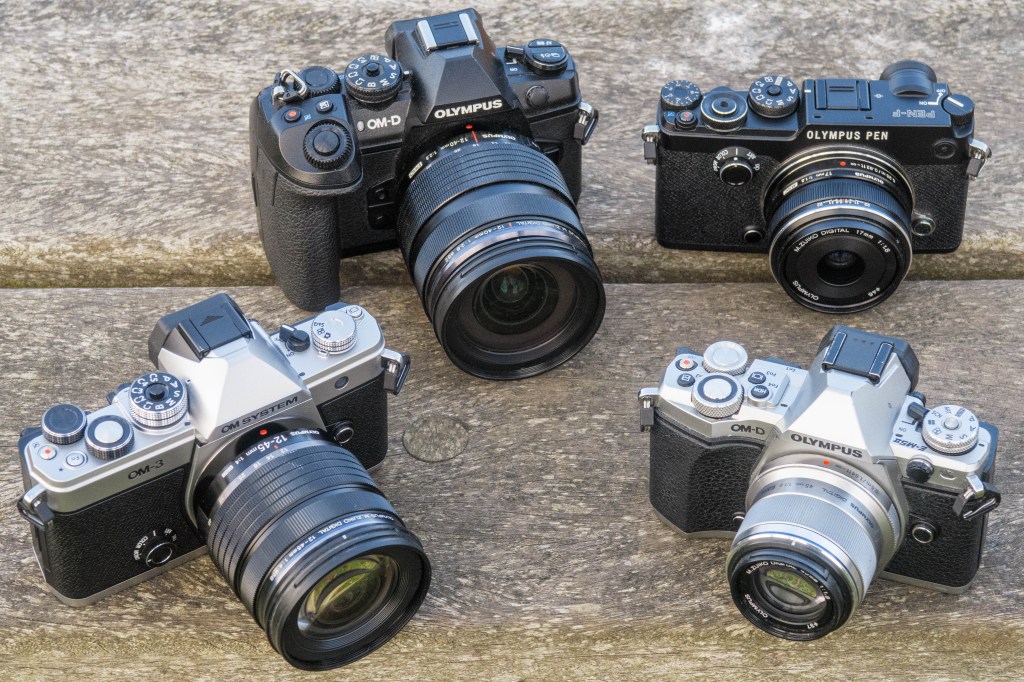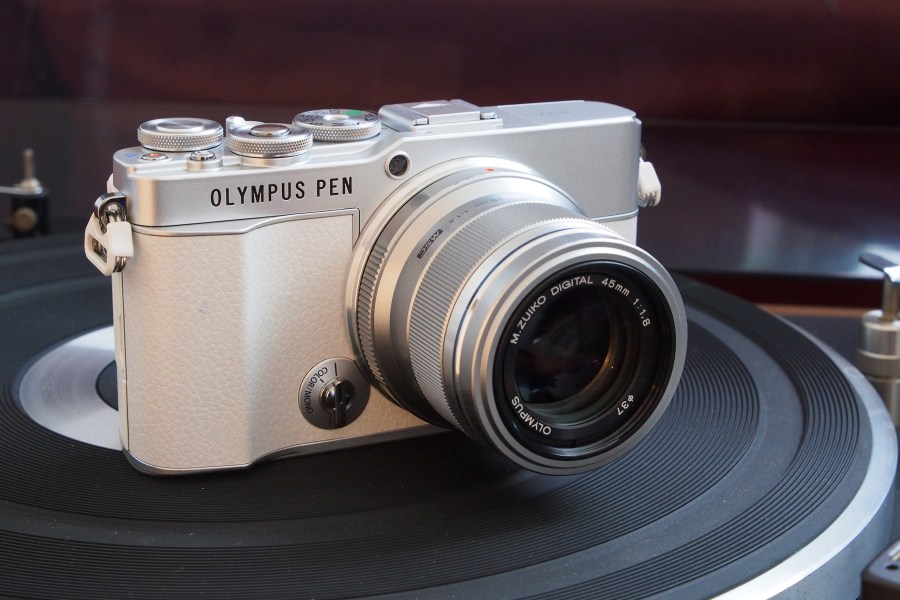I’ve long thought the OM System has been hampered by not being able to rely on visible and direct association with Olympus cameras anymore, as much as it has by detractors’ moaning about its allegiance to, and reliance, on the Four Thirds sensor and Micro Four Thirds system. This chip has steadfastly remained at the heart of its cameras – including the covetable, retro-styled OM-3 – even when its one-time sensor partner Panasonic veered off to join Leica and Sigma in the L-Mount Alliance in 2018, releasing full frame sensor incorporating cameras in the process.
So, has OM System truly missed out by not joining the full frame club? Not in my opinion. I think there’s much to be said for, to paraphrase Fleetwood Mac, going your own way. After all, how can your products stand out in a crowded marketplace if all you’re offering is the same as everyone else. You need to provide a specific reason for people to come to you.
And, in the case of the former Olympus, that reason has been the promise of smaller camera bodies and lenses to go with it thanks to its unique marriage of sensor and lens mount. As any long-term AP reader will be aware, any attached lens offers the equivalent of double the stated focal length; a compact-sized 14-42mm standard zoom providing an all-encompassing 28-84mm equivalent.
Yes, the sensor is still smaller than that of an APS-C or full frame chip and OM System has resolutely stuck with a modest 20MP resolution at least partly because of that. But portability and practicality, along with results that I find more than satisfactory is the reason the system is my go-to. And why my daily camera remains a battered ten-year-old Olympus PEN E-PL7. Also, I have no practical requirement for 40MP+ images.

Newer models including the OM-3 and OM-5 Mark II have adequately added additional reasons why the OM System is worth exploring – and are more useful to me.
Classifying myself as very much an amateur when it comes to astrophotography, I enjoyed the former’s dedicated Starry Sky AF mode for more fuss free night sky capture when I recently tested the camera, to give one example, and point of difference between brands.
Then there’s the likes of the OM System’s Computational Photography ‘CP’ button, providing quick access to Hi-res mode, Live ND (1-4EV, up to ND16), Focus stacking, HDR and multi-exposure. The cameras continue to offer impressive Live Time and Live Bulb modes, although these are found in the manual shutter settings, rather than in the CP section, plus the more self-explanatory Creative Dial giving quick access to monochrome shooting and creative effects including film effects.
Moreover, for me the OM System provides one of the most successful ‘best of all worlds’ blend of first-hand functionality, digital simplicity, yet lever and dial-festooned retro design and handling. If it is guilty of anything then it’s guilty of trying to cram too much in to products like the OM-3 – and yet, anyone initially overwhelmed always has the option to start out by just pointing and shooting, or tapping the touch screen LCD, before exploring manual options.
In these respects – the contemporary meets the classic – I reckon only Fujifilm comes close with its ‘X’ series. Suddenly an APS-C or full frame sensor feels more nice-to-have than essential, with any fear of missing out replaced in my mind by Zen-like calm.
Related reading:
- These are the best Olympus cameras (and best OM System cameras)
- Best Fujifilm cameras to buy: Fujifilm’s top models
- Best cameras for astrophotography
The views expressed in this column are not necessarily those of Amateur Photographer magazine or Kelsey Media Limited. If you have an opinion you’d like to share on this topic, or any other photography related subject, email: [email protected]







